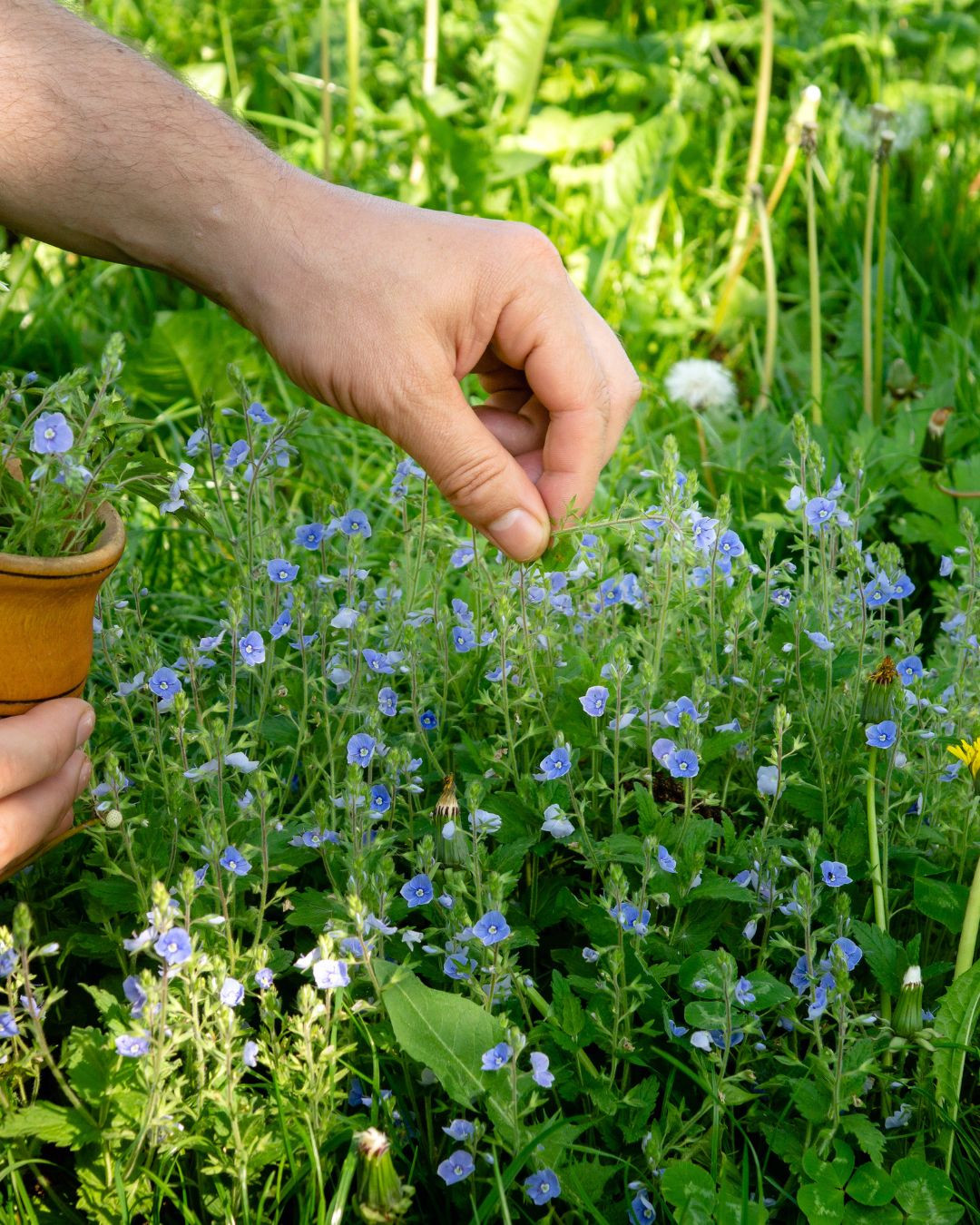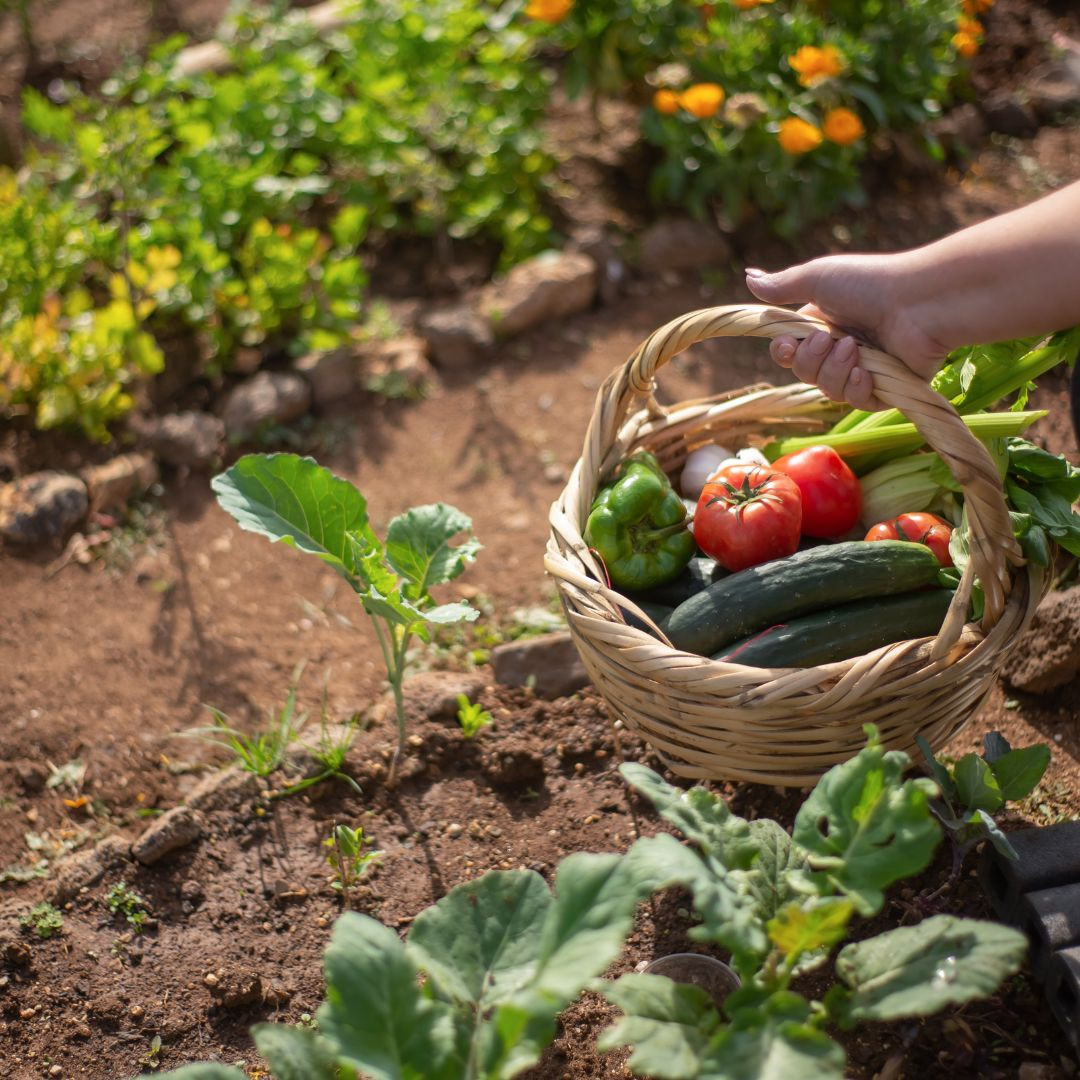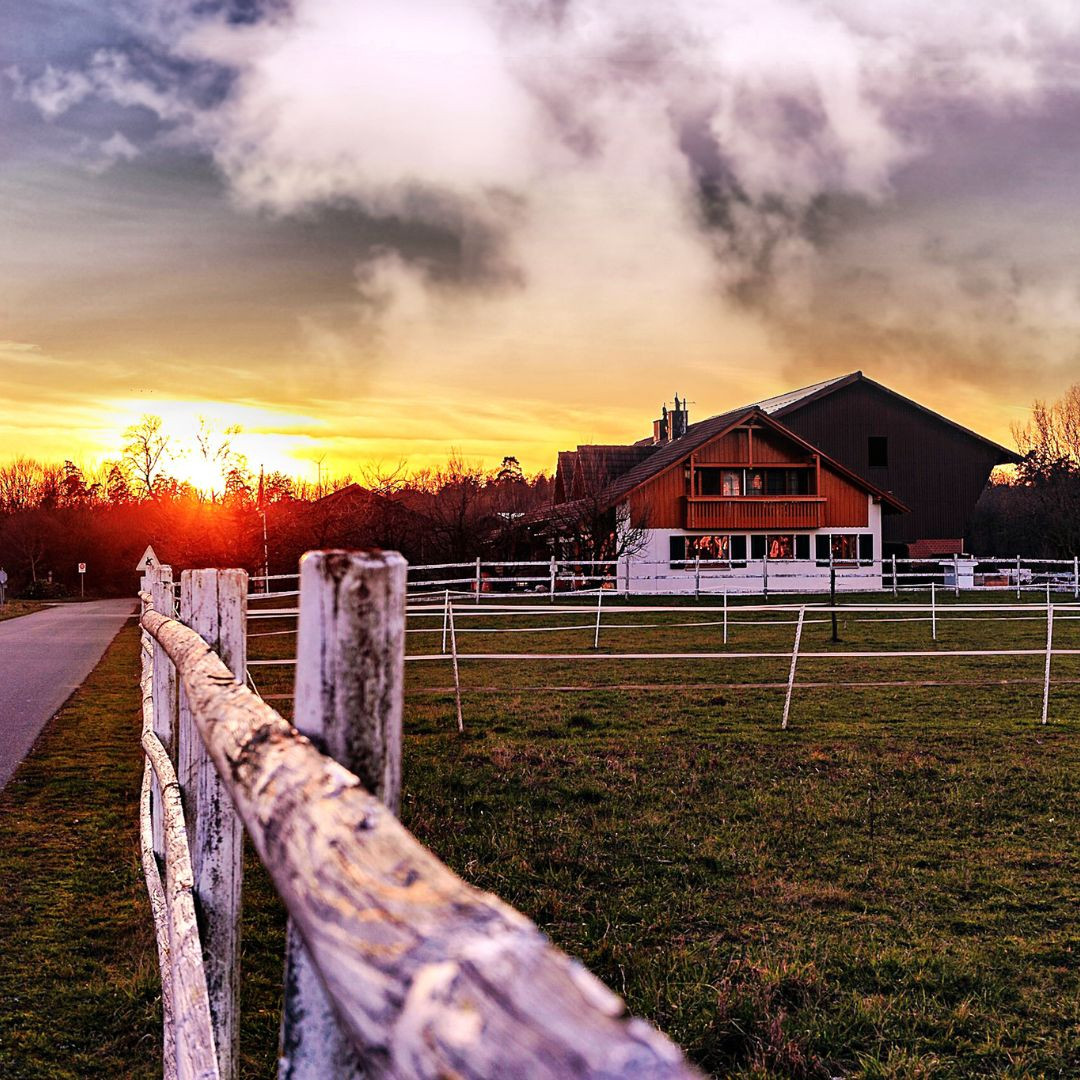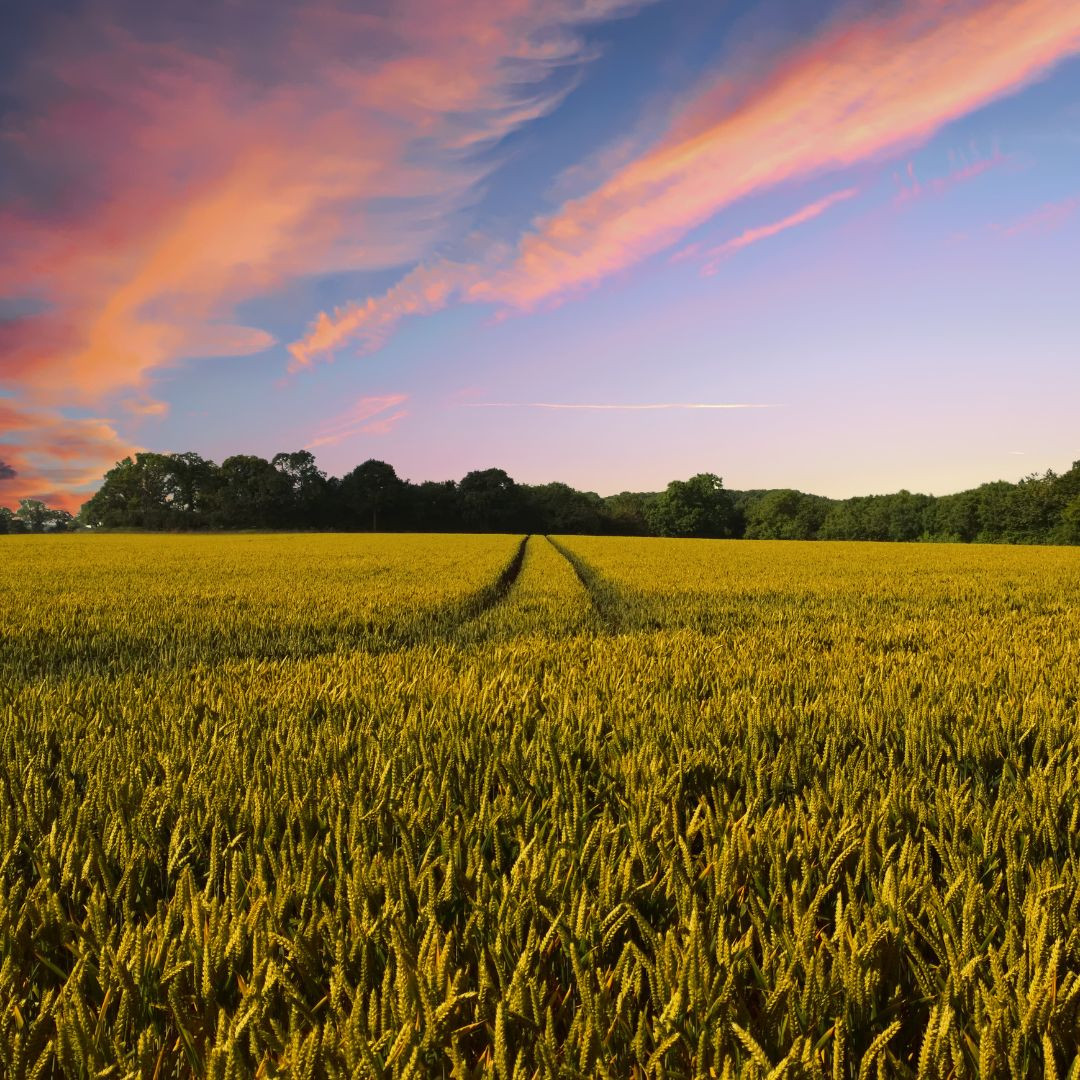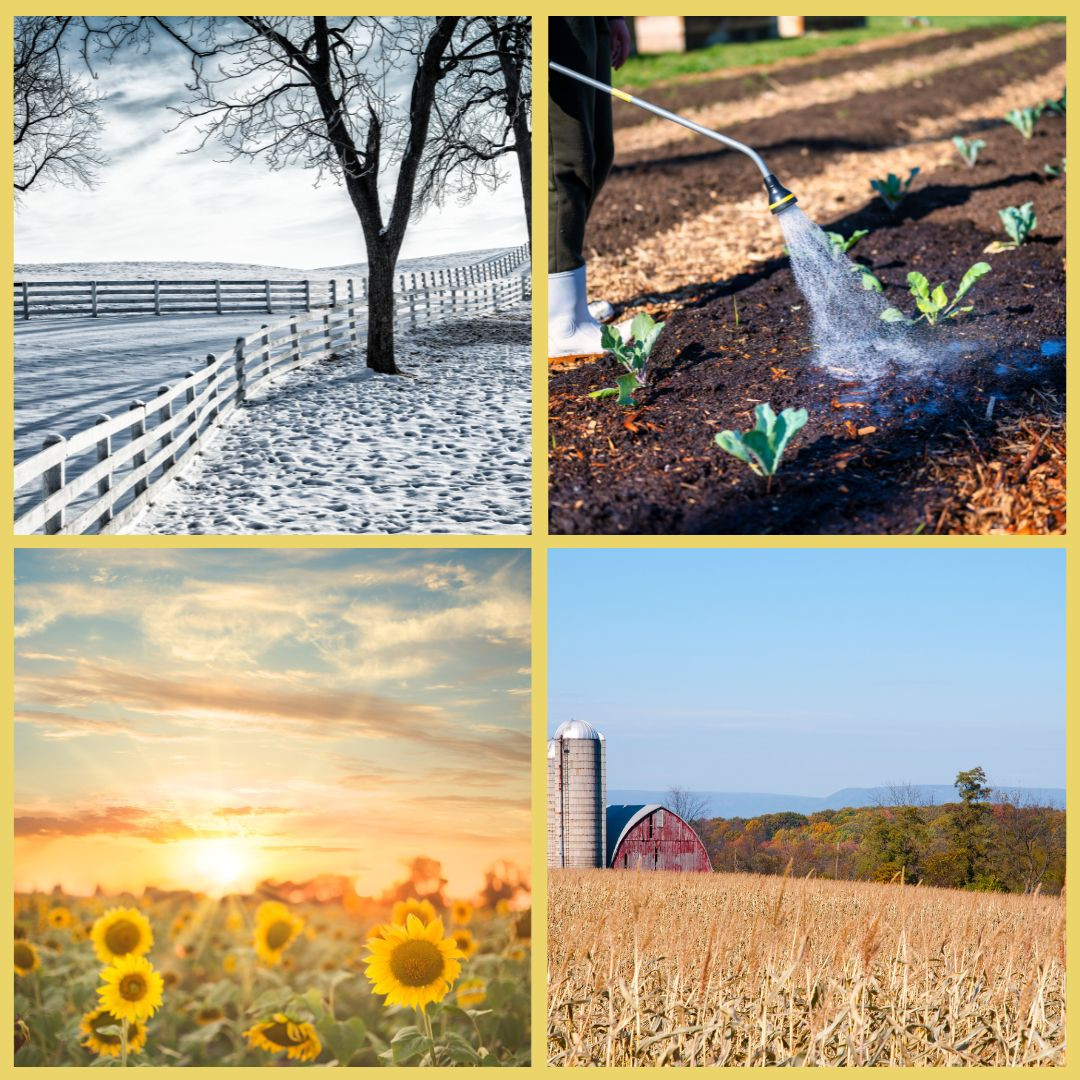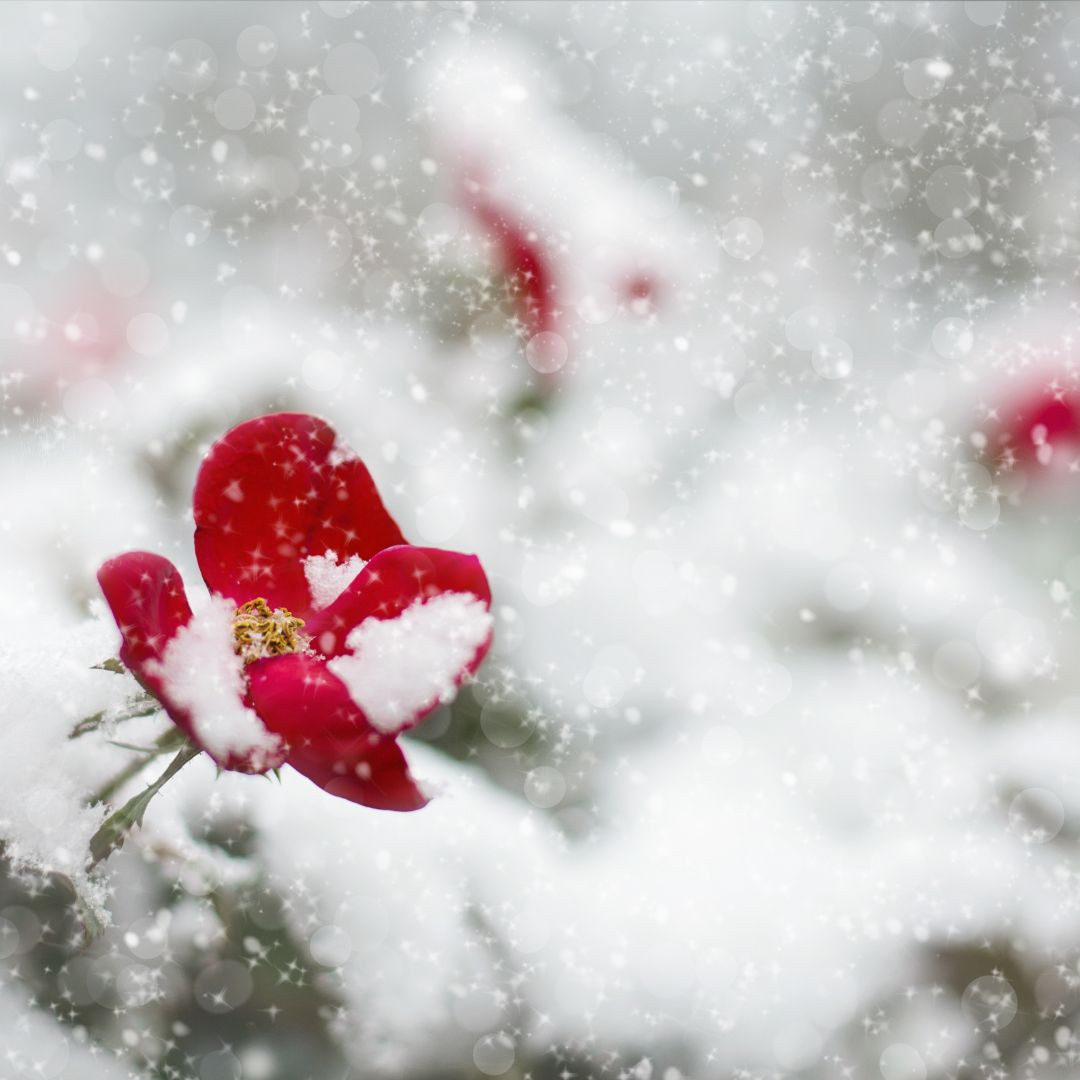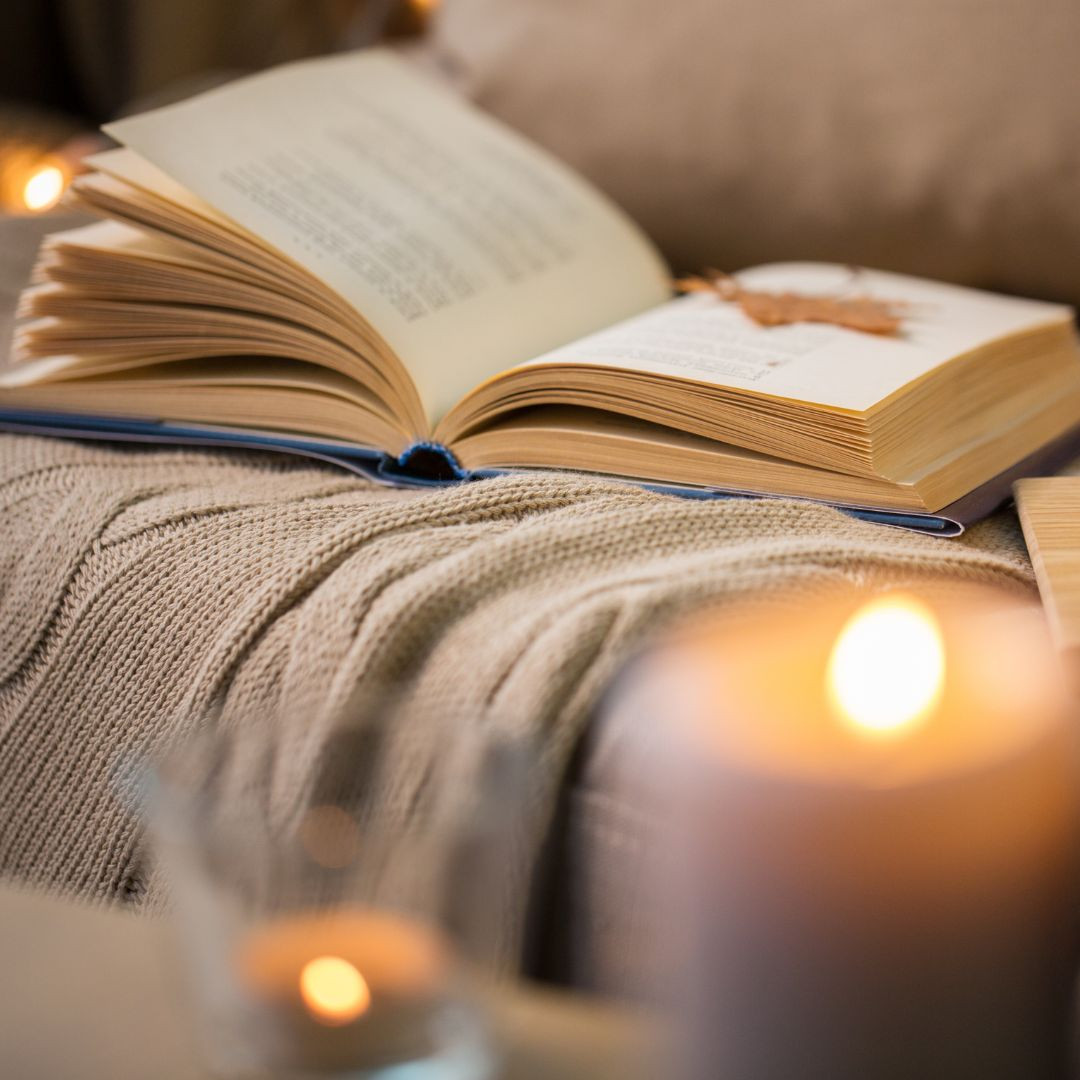
Join the FREE Community
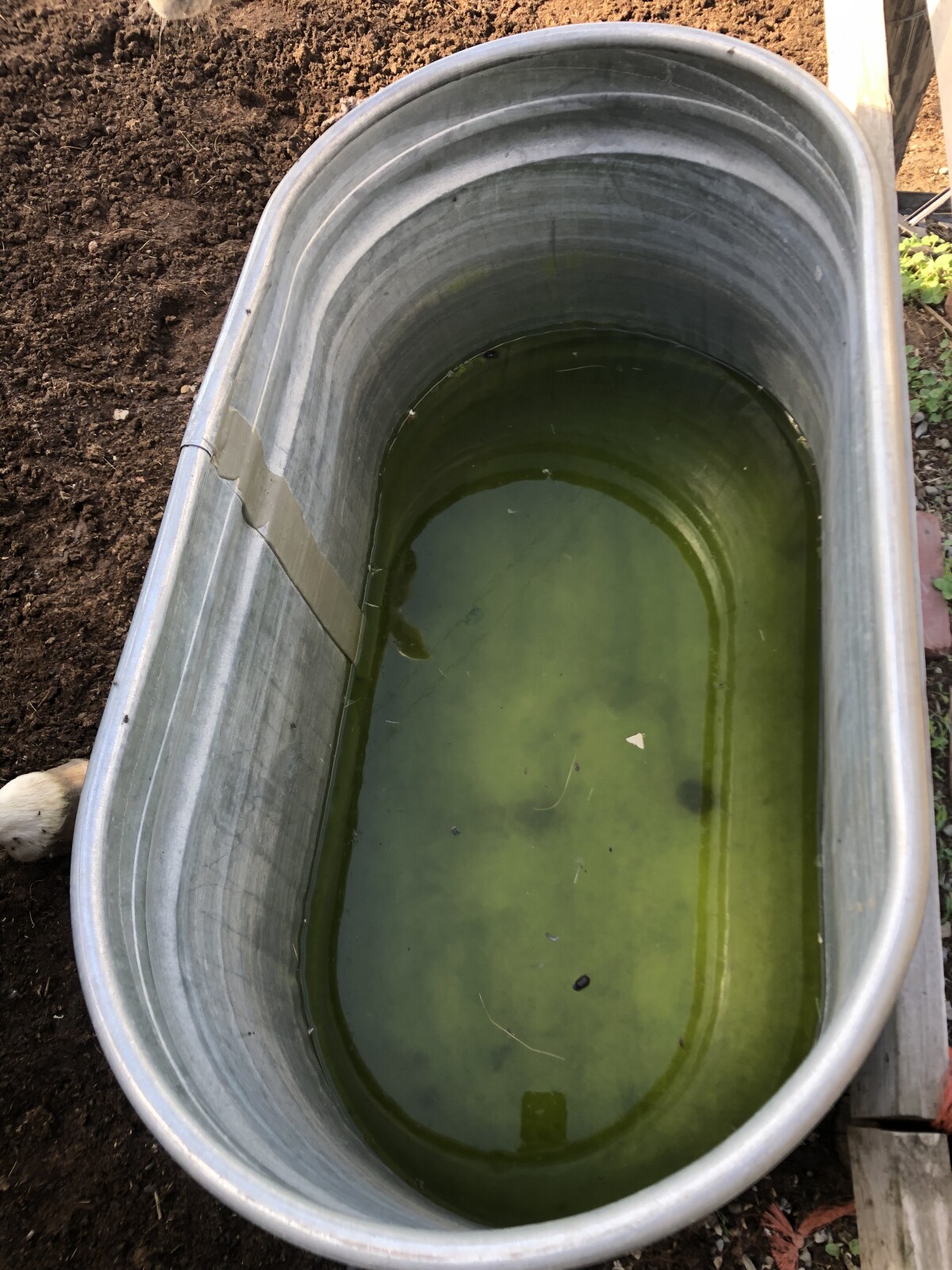
Join the FREE Community

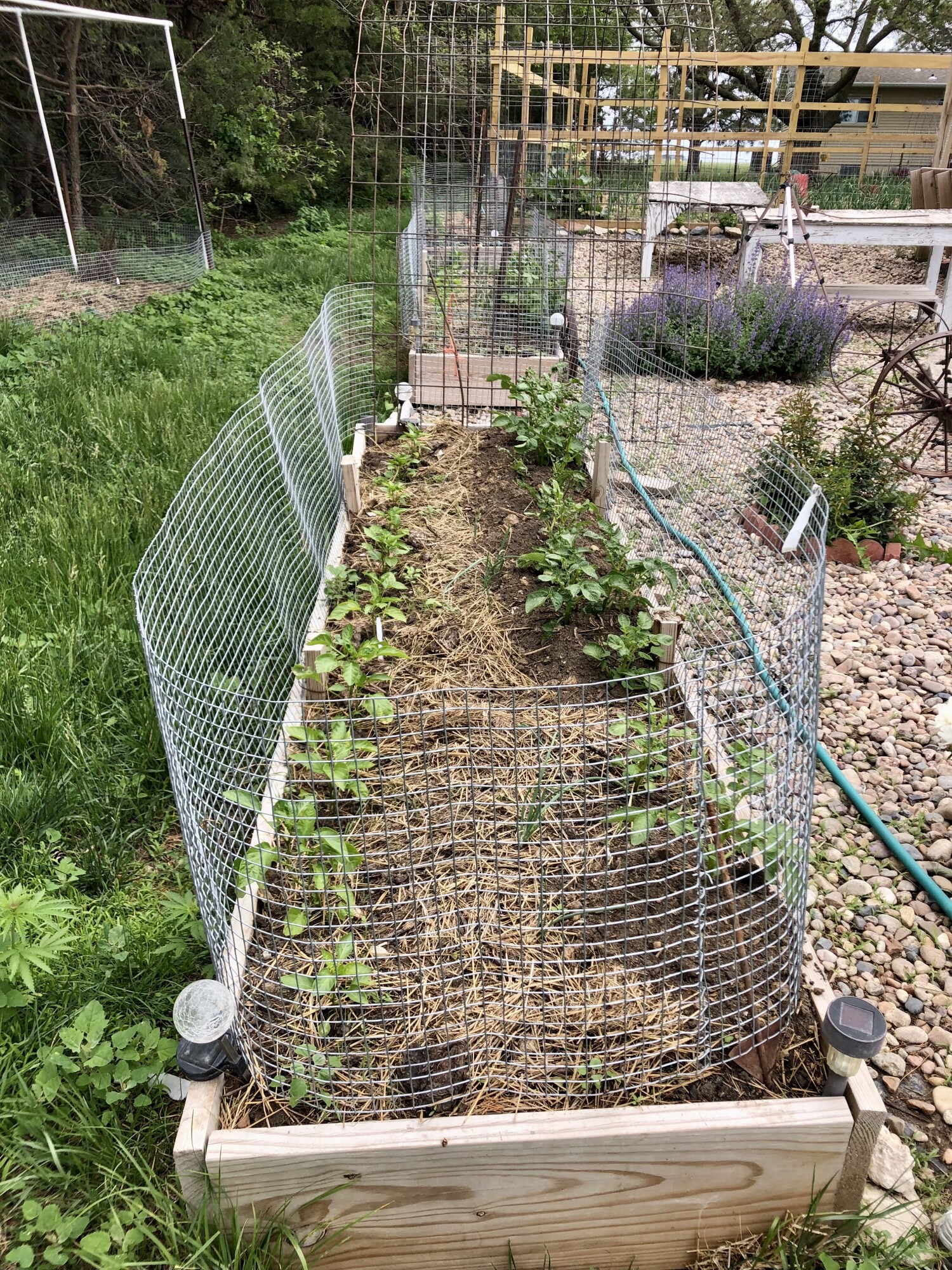
Join the FREE Community
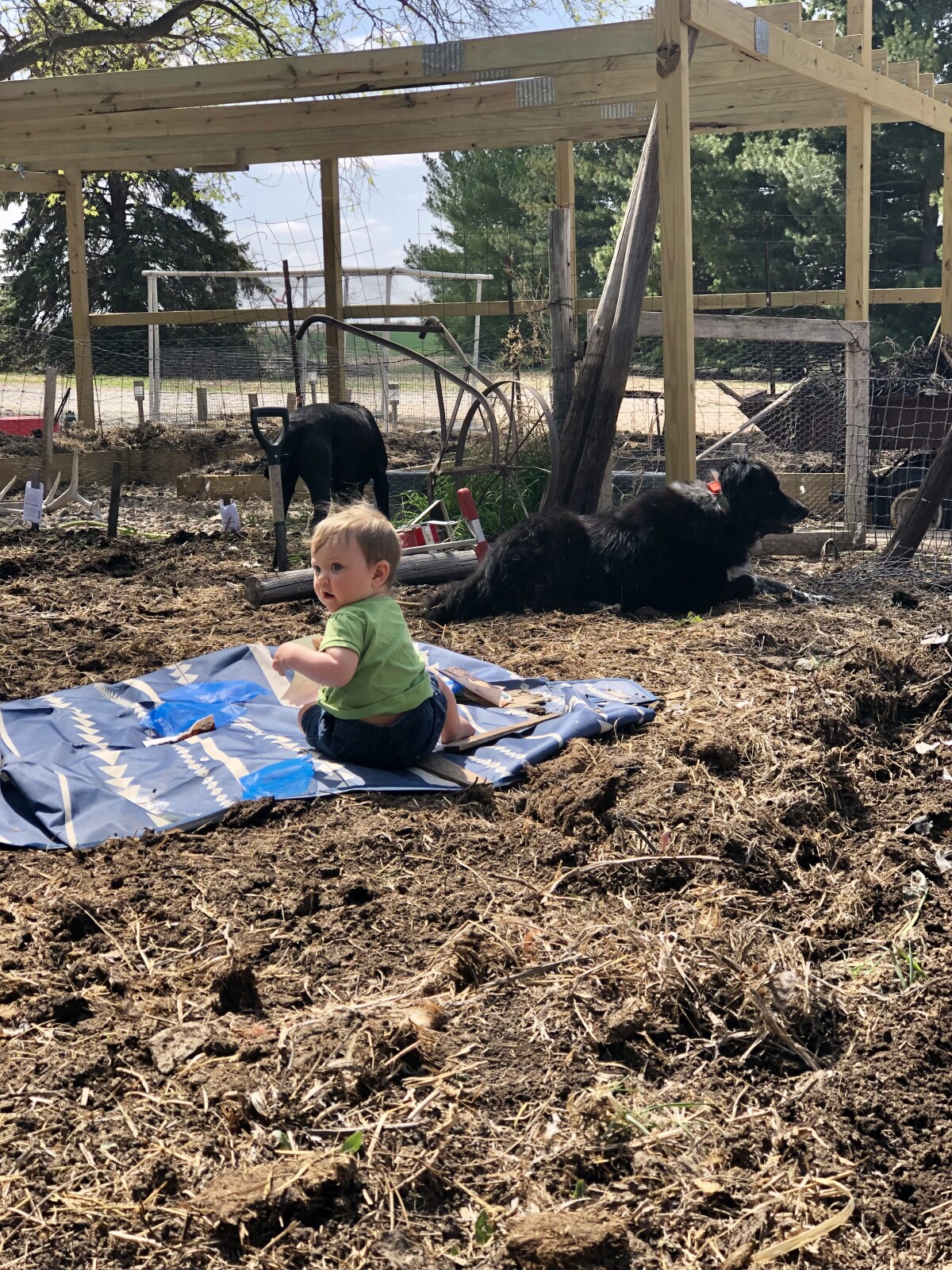
Join the FREE Community
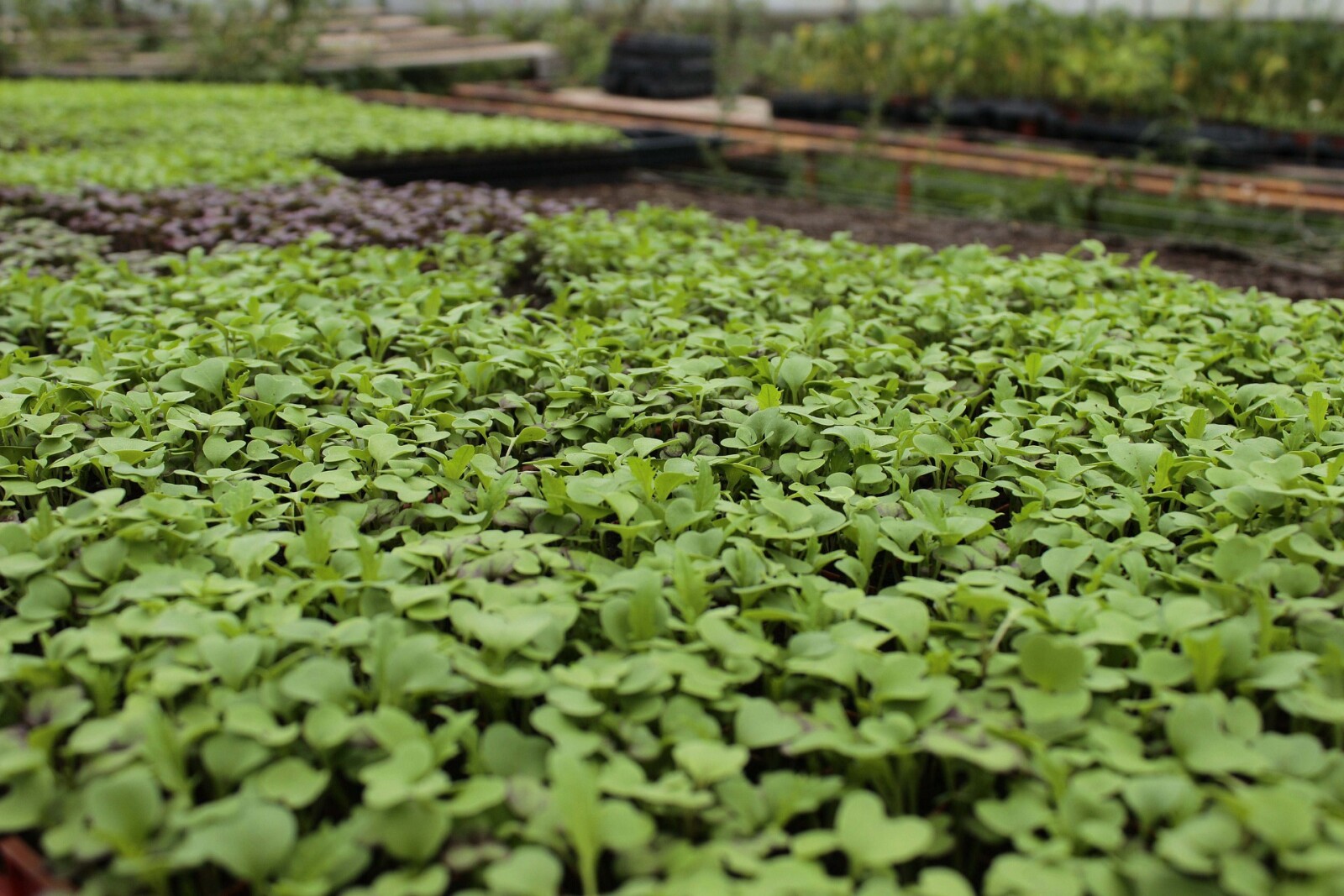
Join the FREE Community
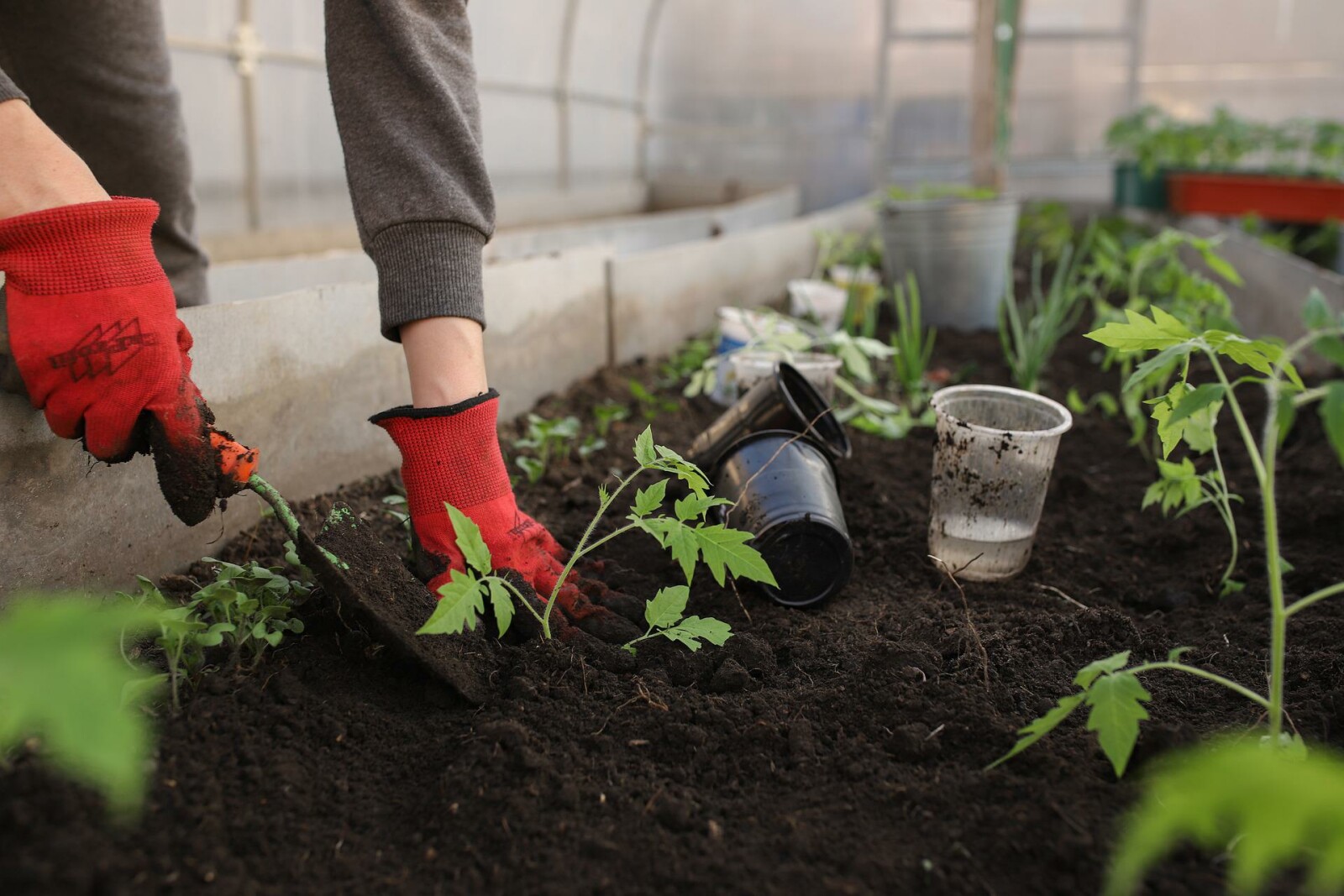
Join the FREE Community

Join the FREE Community
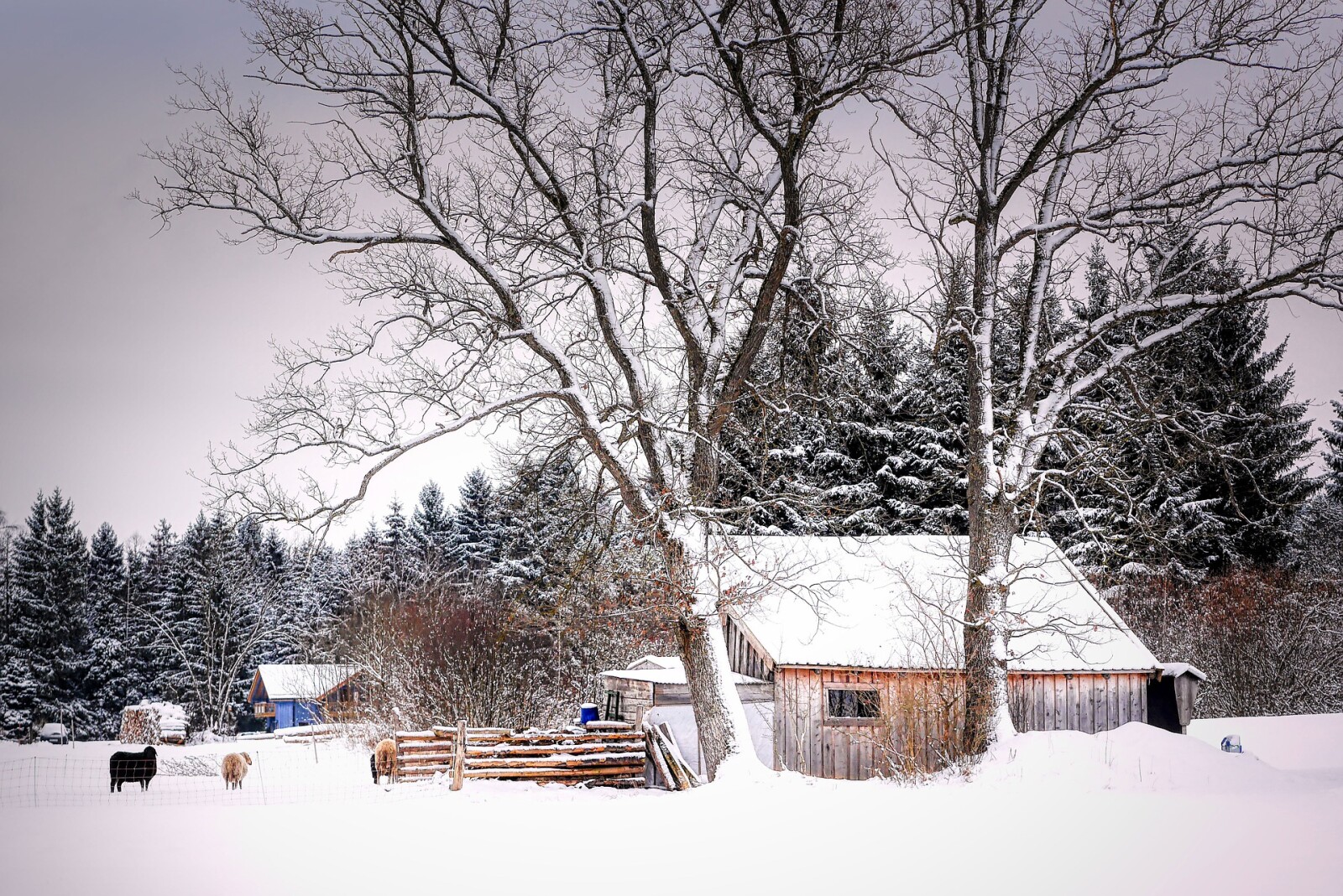
This post may contain affiliate links, which means that I may receive a commission if you make a purchase using these links, with NO additional cost to you.
The idea of living solo, being self-sufficient, and living off the land is appealing to some. But do you need others around you to homestead? Short answer yes, and no.
Do you need someone in close proximity to you, other than those living with you? Not exactly. Having good close neighbors can be extremely helpful when you are living miles from any close town. You can help keep eyes on each other’s place while one is gone for a bit. Because let’s be honest, you will at some point leave your home.
You can also more easily help each other when needed. Like when the animals are out at 10 pm on the neighbor’s lawn. Or you have a predator problem that is challenging both of your property. Having good neighbors in close proximity, makes all these easier to homestead.
However, if you have a bad neighbor, one who doesn’t like animals, doesn’t understand livestock, and is far from helpful, it can be a massive headache. When looking at properties, take the existing neighbors into account.
You can have friends and neighbors at a distance that are still willing to help you out when needed. They just may not be able to arrive in 5 minutes when the cows are out.
Even if you choose to live miles from any other human, at some point in your life you will need someone. Life will take you through a challenge and you need extra help on your property. You take a vacation, and someone must take care of everything while you’re gone. You have a challenge you’ve never had before and need advice.
You need some kind of support system, even if you choose to live at a distance. Either from a distance, available by phone or social media, or physically. Even if you are self-sufficient, you still need people.
Join the FREE Community
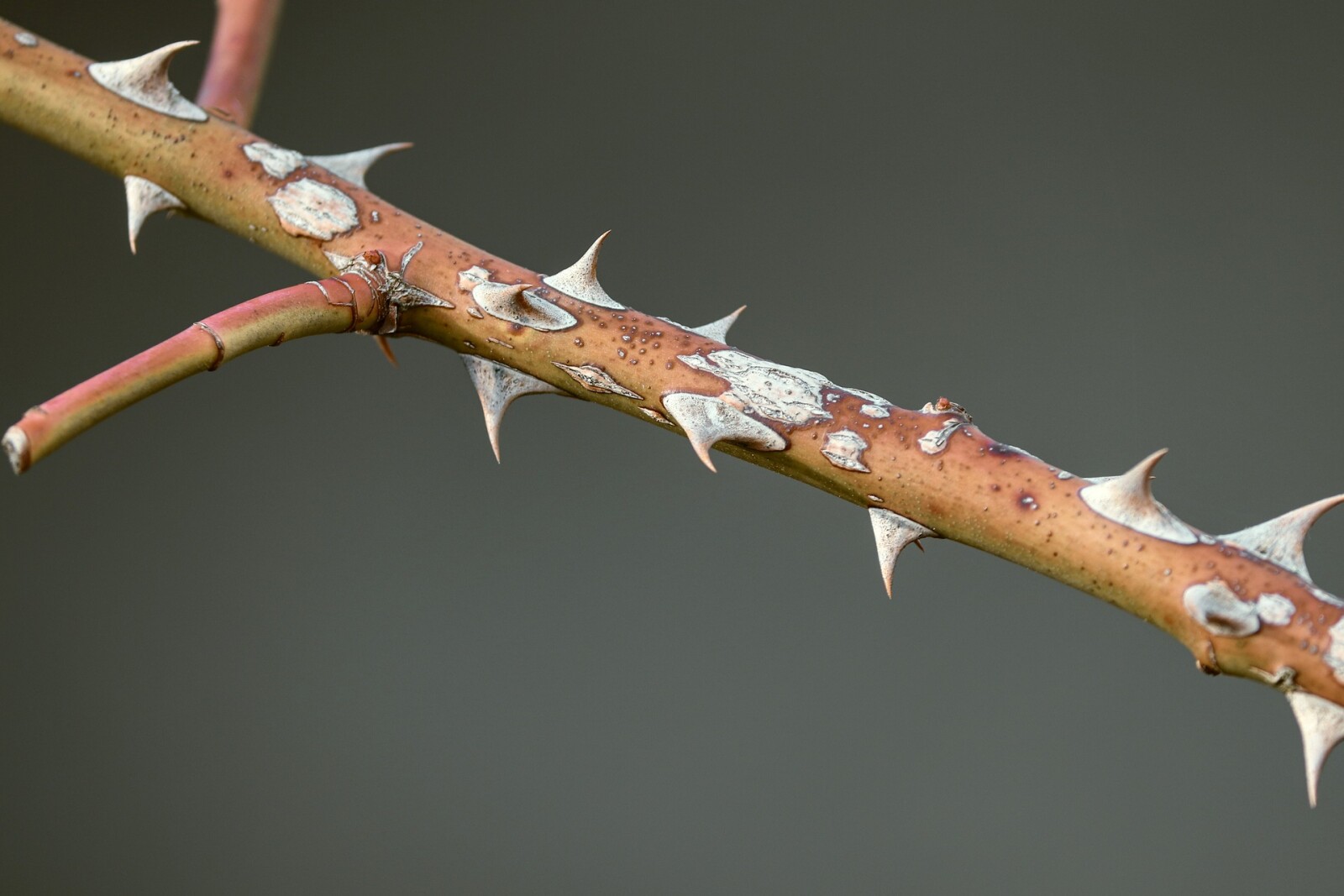
This post may contain affiliate links, which means that I may receive a commission if you make a purchase using these links, with NO additional cost to you.
To keep roses, or berry bushes healthy, they need to be pruned every year. This trains the bushes how to grow and makes them more productive. The best time to prune the bushes is actually winter or very early spring. All the energy reserves are in the roots at that time and most of the foliage has dropped making it easier to prune. You want to make sure you prune before they start waking up in the spring.
When pruning, first cut all the dead wood back to the base. You will know it is dead wood by cutting into. The dead wood is all brown, green is alive. If you are unsure, cut high to start then lower if needed.
Next you want to take out the branches that cross, as they can damage other canes (the bush branches) and cause disease. After those, remove any small weak growing canes. These are anything smaller than a pencil in diameter.
Finally prune the remaining canes by cutting ¼ - ½” about an outward facing bud eye. This is the small bump where the leaf would meet a stem. This will encourage the bush to grow outward instead on inward, reducing disease. Be sure to look for a bud at least halfway up the cane. If you cut to low and the bush is a hybrid, you will cut it back to the wild-type base. Make your cuts at a 45-degree angle towards the outside of the plant. This allows water to run off, also reducing disease.
Make sure you clean up all the branches and leaves from the base of the plant. If your feeling generous, add a little compost while your there to feed the bushes for the next year. Most bushes are heavy feeders and require quite a bit of nutrition to bloom properly.
Join the FREE Community
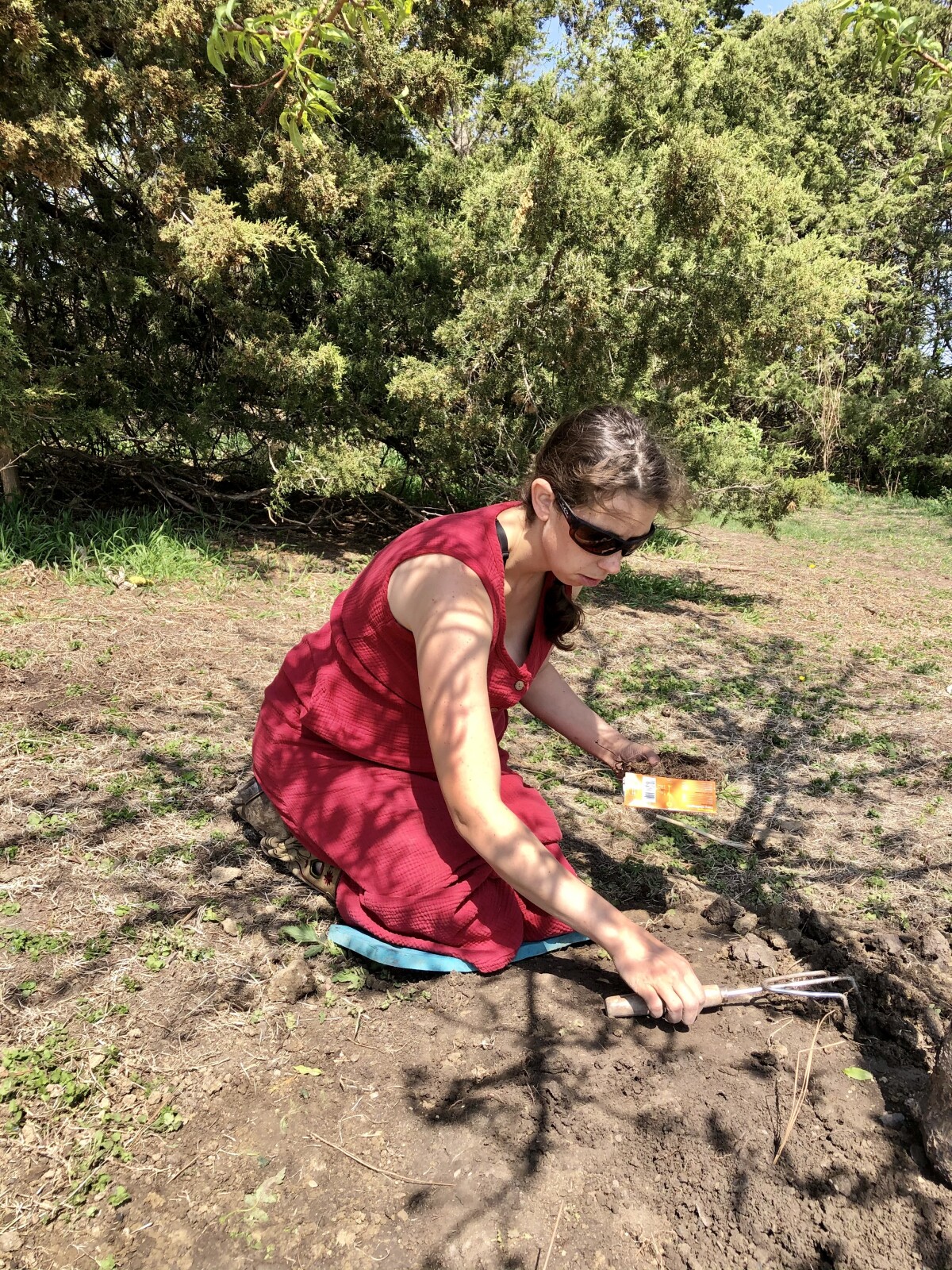
This post may contain affiliate links, which means that I may receive a commission if you make a purchase using these links, with NO additional cost to you.
Gardening has many benefits. You can grow your own food, have control over how it is grown, receive excellent nutrition, and experience the stress relief a garden can give you. Being in nature, digging in the dirt, breathing in the fresh smells, gives your body and mind a chance to unwind and ground.
Wait what is this thing about grounding? It is electrically reconnecting you to the earth. Our bodies tend to build up positive charge, especially under stress. The surface of the earth is negatively charged. By something as simple as walking barefoot, or digging in the dirt, you allow your body the opportunity to return to neutral charge by letting go of the positive electrical charge. Gardening is an excellent way to ground, while still accomplishing something for the type A personality.
Gardening is also a whole-body work out. Lifting baskets of produce, pulling weeds, digging holes, reaching for produce, pushing a wheelbarrow, are all activities that engage muscles throughout the body to accomplish the task. When you add general yard work, like pruning, or tree trimming, you have more specific exercises that work more of the upper body. Exercise releases endorphins that make us feel good. So, gardening can give you an exercise induced endorphin rush.
The act of growing something from plant to maturing fruit, gives you a sense of accomplishment. Even growing something simple like a pot of herbs, which you can harvest quickly and continually, can produce this feeling. This has a positive affect on your mental health, by giving you a reward.
So, gardening can improve your health emotionally by allowing you to ground yourself, physically through exercise, and mentally through giving you the sense of accomplishment. That is not even mentioning all the nutritional benefits from having truly fresh food.
Join the FREE Community

